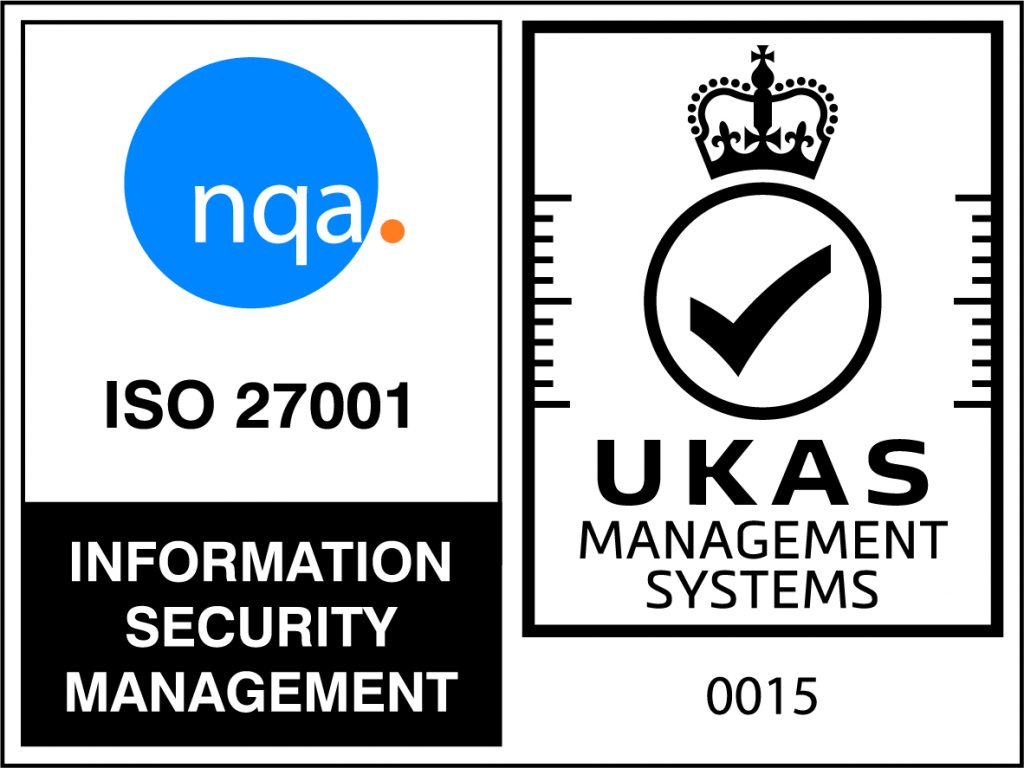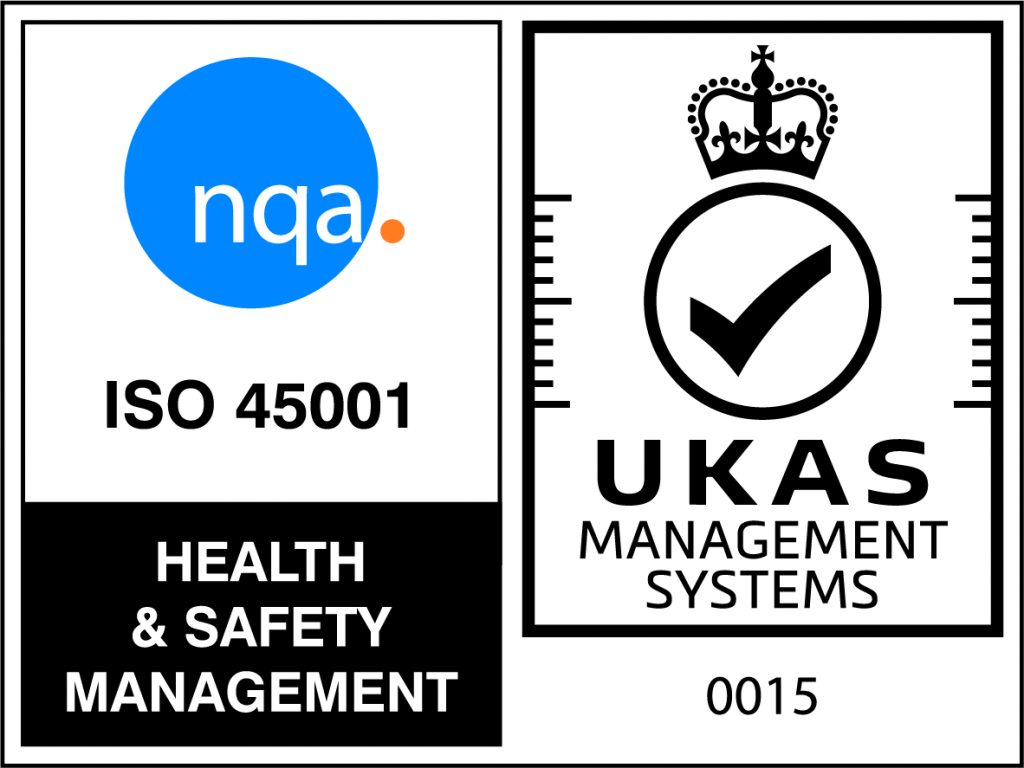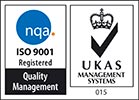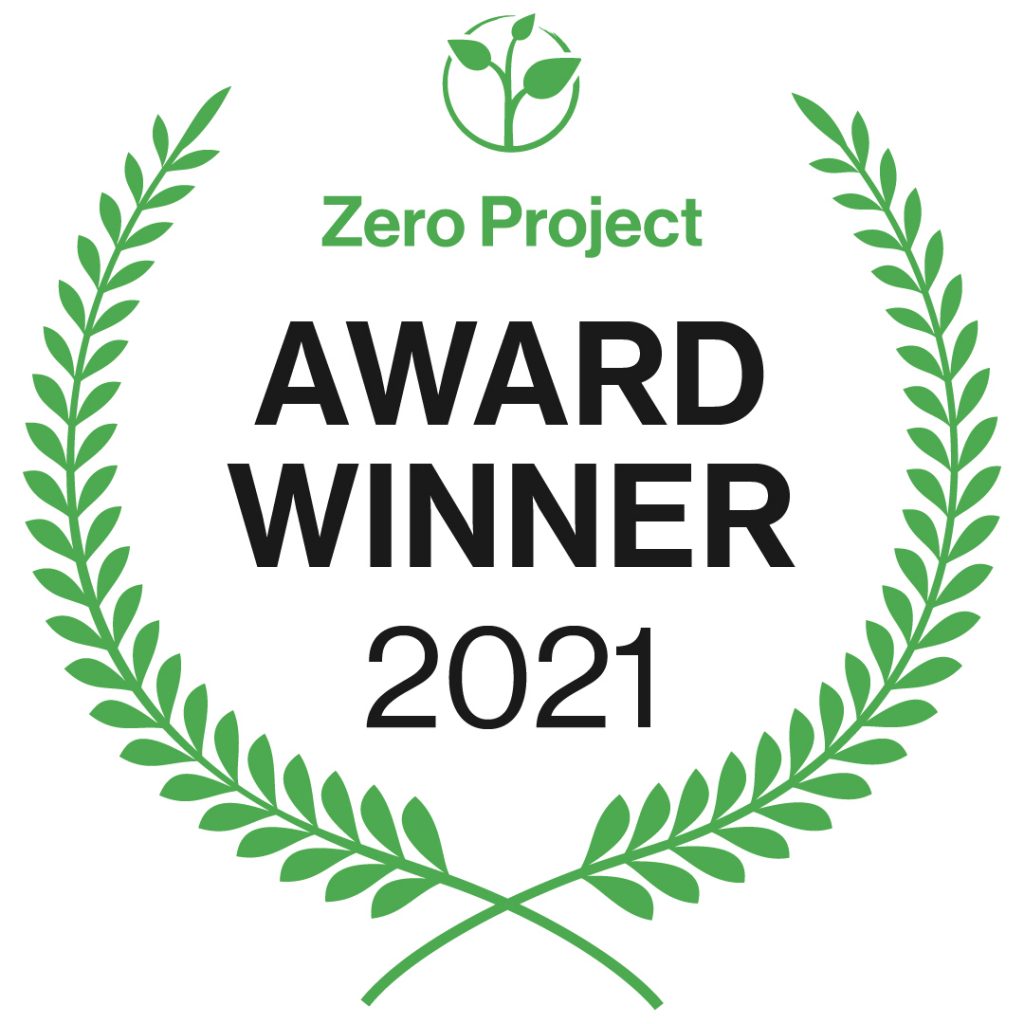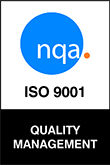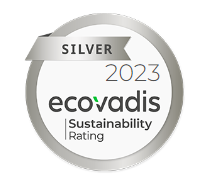After 24 years working in the global corporate world, I chose to jump ship. In the middle of a pandemic, I started a consultancy, practicing in an area most organisations don’t understand and therefore had few plans to invest in – disability inclusion and accessibility.
I hadn’t had a breakdown of any kind; in fact, the change was good for my mental health. My career move, from a senior global role at Shell, may not be as lucrative, but it has made me much more fulfilled. I’ve worked with public sector organisations for the first time in my career too, and I’ve loved it.
I took the leap of faith because I’m fed up (present tense!) of disability inclusion either appearing at the very bottom of diversity, equity, and inclusion (DEI) agendas, or not featuring at all. The most recent research I saw, showed that of the organisations with DEI strategies, only 4% included disabilities.[1] Really? 4%? Wow!
1 in 5 adults have a disability; that’s like saying every fifth person just doesn’t matter.
And that doesn’t even touch on the fact that many organisations who say they include disabilities, are actually just ticking boxes. Have you ever seen a disabled person shaped like a tick box? Nope, me neither.
I’ve heard too many organisations say that the first step for them is to get their existing employees to share whether they have a disability. But if there isn’t an inclusive culture, fostering open and regular discussions about the value of disability inclusion, then why would people feel comfortable and confident in sharing the fact they’re disabled?
I tell all of my clients – and anyone else who will listen – that it all starts with culture. Disabilities aren’t dirty little secrets, they are a part of what makes someone who they are, and often bring additional skills as a result. Plus, even if 100% of your employees truthfully ticked a box to say whether they were disabled or not, more than 80% of disabilities are developed in adult life, meaning the answers to those tick boxes are subject to change.
So, what approach do I always suggest? Here are the three main pillars:
- If you want to keep the talent you have, you must make sure your workplace enables that retention if an employee’s personal circumstances change.
- If you want to be creative, innovative, and competitive, then you need the best talent. Newsflash – some of that talent comes in the shape of disabled people.
- There is no diversity without disability!
I do give people and organisations credit for wanting to do better, and so I don’t judge those who are only just starting to put some focus on disability inclusion. That said, I won’t pretend I’m not disappointed that we’re fast approaching 2023 and we’re still in this position. In the UK we had the Disability Discrimination Act 1995 (DDA), then the much-needed update with the Equality Act 2010. Even with almost 27 years of legislation in the UK, workplaces are still nowhere near being inclusive and accessible enough for disabled people to have equitable experiences.
The Americans with Disabilities Act has been in place in the USA for even longer, 32 years now, yet we still see a lack of awareness and discrimination. Even with all the lawsuits people are forced to file, the needle just isn’t shifting fast enough.
Around the world there are more than 40 active legislations relating to disability inclusion and/or accessibility. The truth is that they simply aren’t doing enough to drive real change. Of course, legislative compliance is essential – that hopefully goes without saying – but if people matter to you and your organisation then there’s far more to be done than is enforced by law.
So, what can you and your organisation do? You can take real steps to not only talk the talk, but to walk the walk. I will not pretend that achieving true inclusion comes for free, but there are many steps you can take that are of low or no cost to your business. One example is to assess your organisation against the Be #PeopleSmart Disability Inclusion Maturity Model. It’s free, it’s thorough, and it comes with clear guidance. Employee and customer care are essential for any successful business. For any investment you do make into your people, you will absolutely reap the rewards long term. So, don’t get left behind! Future proofing your business can start now.
My advice to every organisation out there is to be aware. Don’t get sucked into tokenism. For example, having schemes that enable groups of individuals to get in to work are great, I highly support them and recommend that they be part of your plan if possible, but that should only ever be part of your journey. Taking steps to be inclusive for one group of disabled, or neurodivergent people, is not what true inclusion looks like. That just says you’re ticking another box. Defining your disability inclusion strategy, so that it is holistic across all types of disability, and so that it enables long term success, creates a win-win scenario for everyone.
So, if your employees and customers matter to you, if you want to future proof your business, and if disability inclusion isn’t high on your agenda right now, I’d love to help you to set your strategy. At Be #PeopleSmart, we have a whole range of services to support you to achieve your goals, and we work with our strategic partners, like Microlink, to meet all of your needs
Reach out to us, let us help you to build a culture you can be proud of, a culture which enables you to attract and retain the very best talent.
To quote one of my favourite films – if you build it, they will come.
[1] https://hbr.org/2020/03/do-your-di-efforts-include-people-with-disabilities

 Back to News
Back to News









